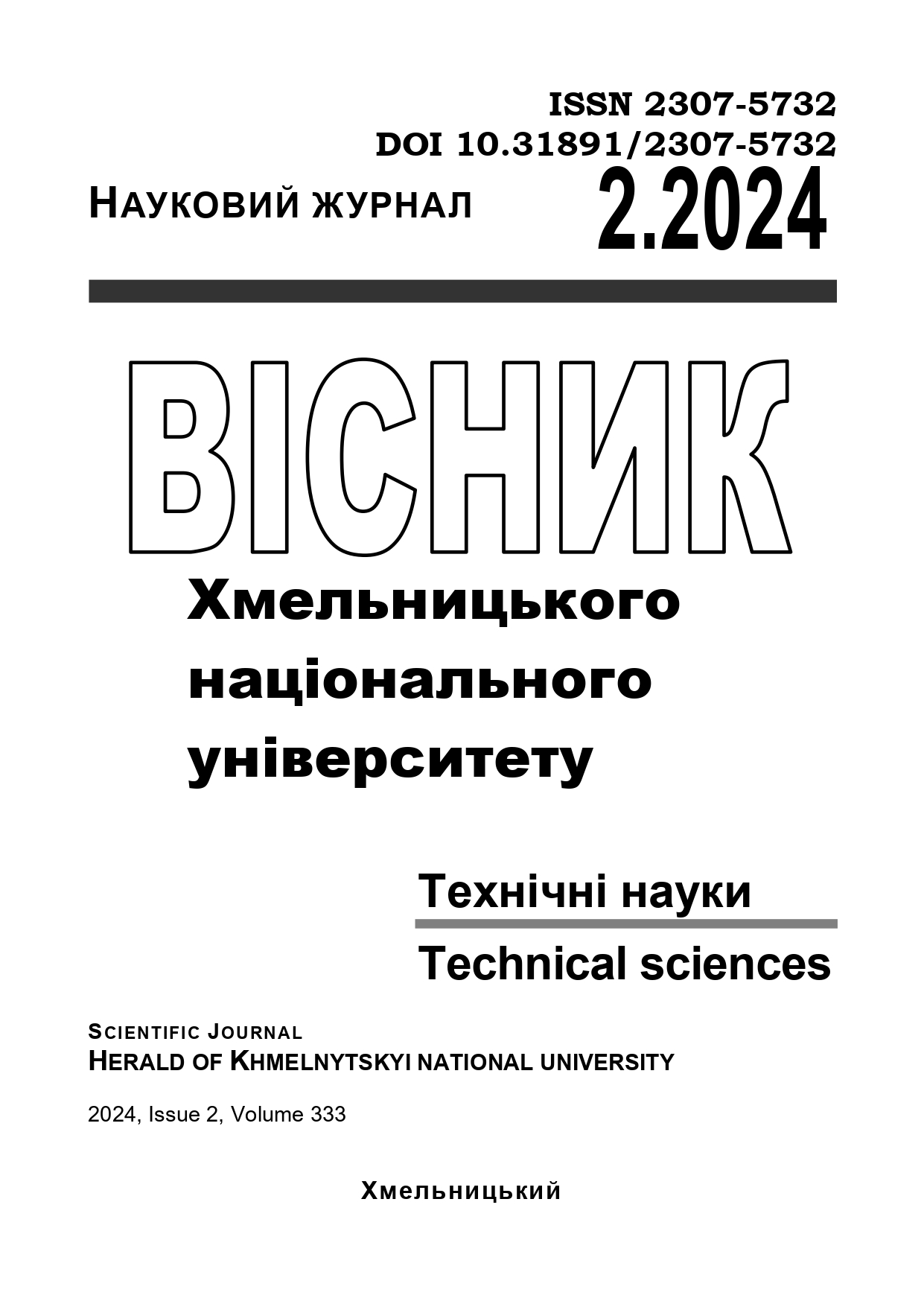RESEARCH OF POST-QUANTUM DIGITAL SIGNATURE ALGORITHMS
DOI:
https://doi.org/10.31891/2307-5732-2024-333-2-56Keywords:
asymmetric cryptosystems, digital signature, NIST PQC, elliptic curve, authenticationAbstract
The continuous development of quantum computing requires the development of cryptographic algorithms resistant to quantum cryptanalysis. Therefore, the National Institute of Standards and Technology (NIST) is holding a competition to standardize algorithms in the post-quantum period, including Crystals-Dilithium, Falcon, and Sphincs+ for digital signatures. In order to determine the ways of development and ways to improve the existing methods of cryptographic protection and electronic digital signature (EDS), an urgent task arose to assess the effectiveness (stability and computational complexity) of existing EDS algorithms. In this paper, a comparative evaluation of EDS algorithms was carried out by key indicators. Research results show the disadvantages and advantages of each algorithm, taking into account the importance of context-specific use. The conclusions indicate that Dilithium has the lowest load on the system's computing resources, Falcon stands out for its signature verification speed, and Sphincs+ provides reliable security. The capabilities of existing cryptographic transformation algorithms based on elliptic curves do not meet the growing need of authentication algorithms resistance to quantum cryptanalysis, and the use of modern candidates for the post-quantum cryptography standard does not allow for a short-term transition to the usage of new cryptographic algorithms in information systems. The paper also points out the impossibility of simultaneous transition to potentially quantum cryptanalysis-resistant algorithms in existing information systems.
The direction of further research is the development of new cryptoalgorithms and methods that will ensure the integrity and confidentiality of information during its transmission over unprotected channels in the transition period to the widespread use and implementation of post-quantum cryptography standards.

